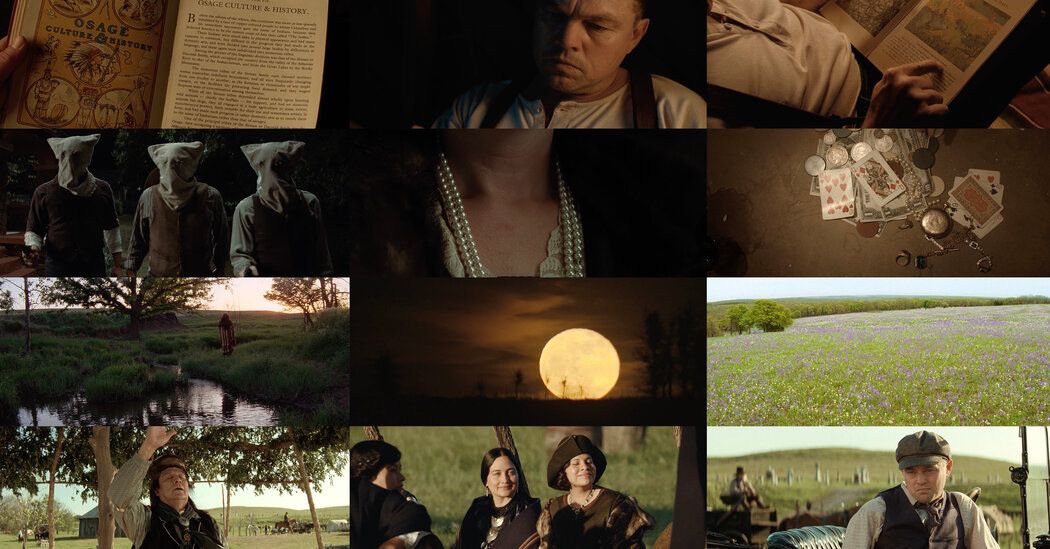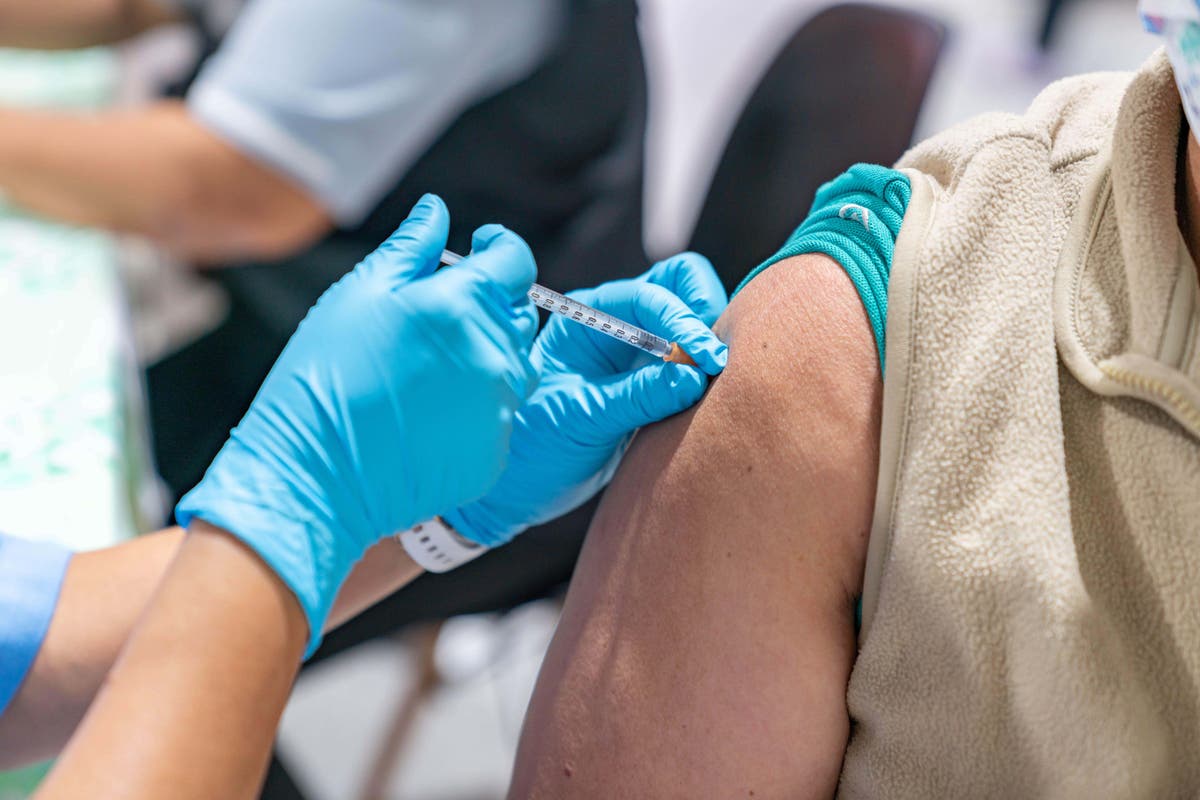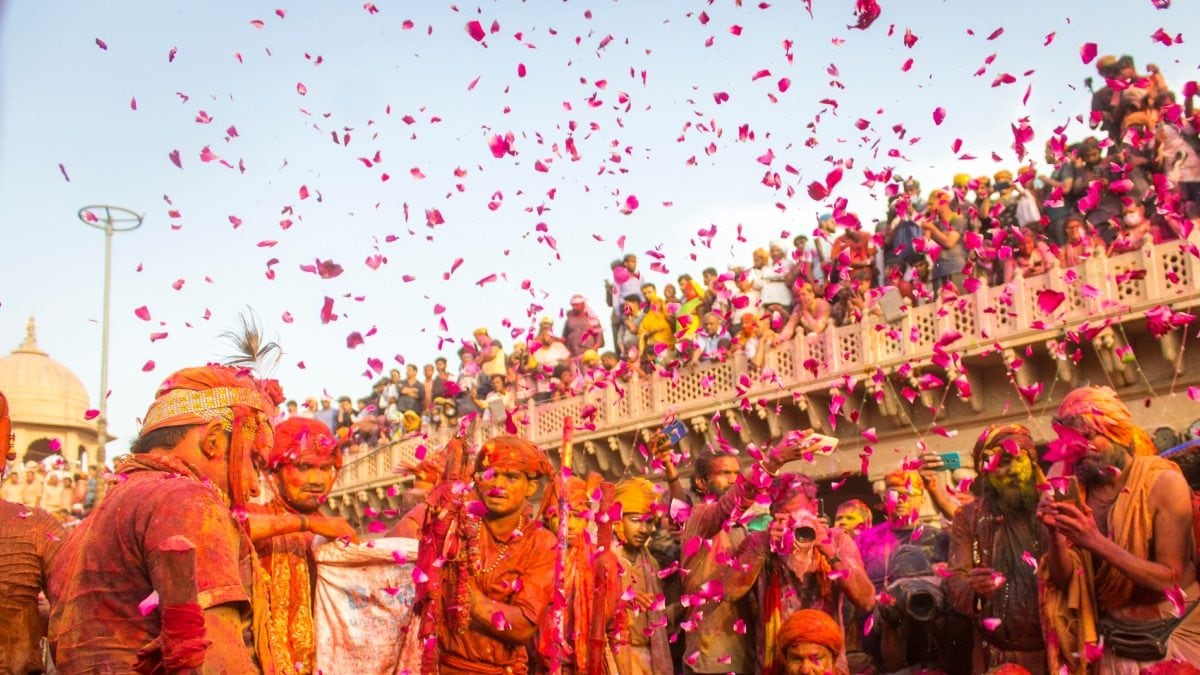At the beginning of Martin Scorsese’s “The Flower Moon Killers,” an Osage woman named Mollie gives a Stetson to her seriously inappropriate white suitor, Ernest. It is a large off-white hat with a piped brim and a wide ribbon around the band. It’s a gift, but it feels more like a blessing, and anyone who has ever seen an old western movie (or “Star Wars”) will recognize the symbolism of his generosity. Mollie is telling Ernest that she sees him as a good guy, even if the movie has already violently upended the familiar dualism of white versus black hat.
That dichotomy shapes “Killers of the Flower Moon,” a deeply American story of greed, betrayal and murder told through the harrowing relationship between Mollie (Lily Gladstone) and Ernest (Leonardo DiCaprio). It’s around 1919 and Ernest is wearing his World War I uniform as he steps off a train in Fairfax, a boomtown in Oklahoma where luxury cars rumble down dirt roads. He has come to live with his uncle, William Hale (Robert De Niro), a soft-spoken rancher who, in one breath, asks him if he has seen bloodshed and, in the next, describes the Osage as the best and “ and more beautiful people in God’s land.”
The film is based on David Grann’s gruesomely true 2017 crime book, “Killers of the Flower Moon: The Osage Murders and the Birth of the FBI.” In adapting it to the screen, Scorsese and Eric Roth have drastically reduced the The FBI’s role focused on the multiple murders (dozens, perhaps hundreds) of members of the Osage that took place largely in the 1920s on the reservation of the oil-rich tribe in northern Oklahoma. As the 19th century gave way to the 20th, oil made the tribe among the richest people in the world. It also made them the target of numerous white predators. As a 1920 Harper’s article ominously put it: “The Osage Indians are getting so rich that something will have to be done about it.”
The following year, Congress passed a law requiring the Osage to demonstrate that they could manage their reservations “responsibly.” If they could not, they were declared incompetent and appointed guardian; it was a status, as Grann explains, that was usually granted to full-blooded Osage like Mollie. It’s instructive, then, that the first time you see Mollie in “Killers,” an invisible man asks him to say her name. “I’m Mollie Kyle, incompetent,” he says, his calm face blank. The man is her tutor, another smooth talker, although he has a photo of a Ku Klux Klan rider on her wall. As Mollie leaves her office, Scorsese shows a shot of her feet on a doormat marked “KIGY,” an abbreviation for “Klansman, I salute you.”












